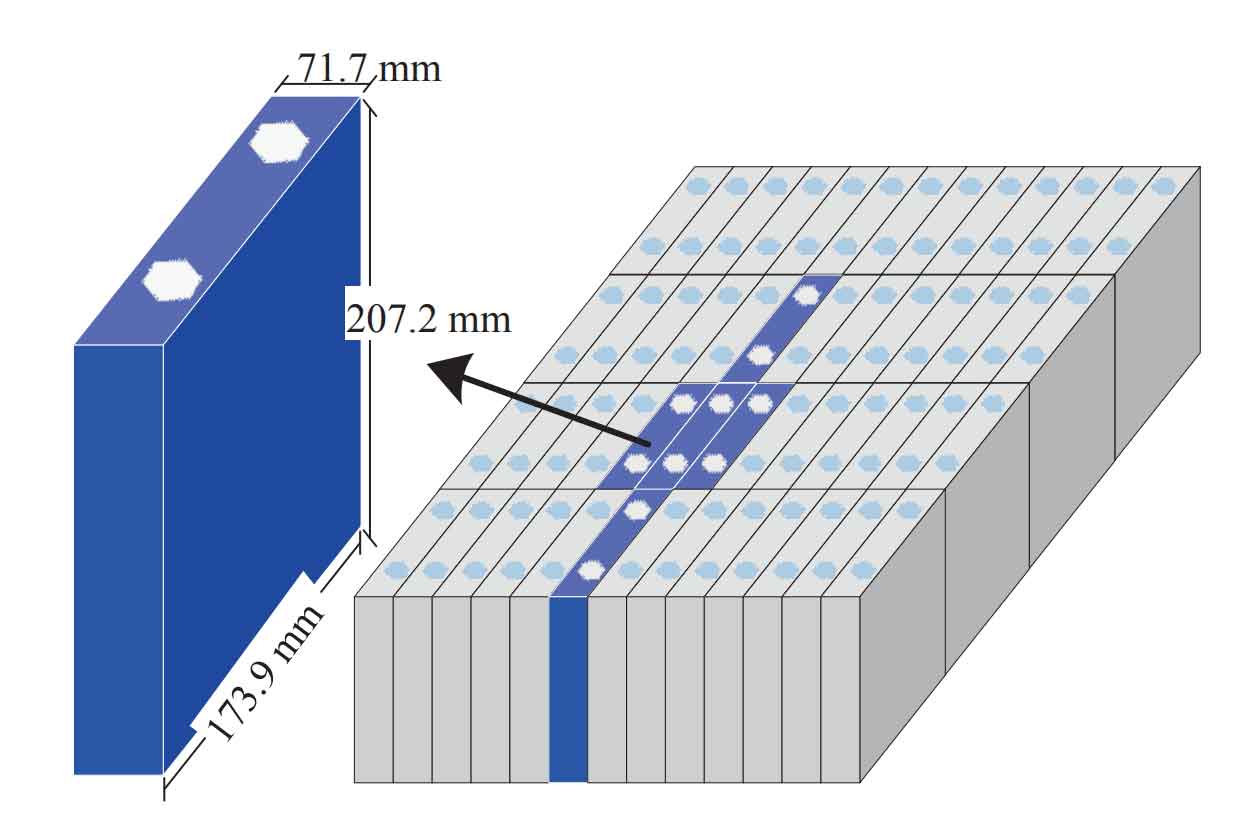Abstract: This article focuses on the lithium-iron battery, analyzing its development status, technological progress, market share, and future prospects. It presents data and trends through tables and figures to provide a comprehensive understanding of this important battery technology.

1. Introduction
Lithium-iron battery has emerged as a crucial player in the energy storage field. Its unique properties and advantages have led to its increasing popularity and widespread application. In recent years, significant progress has been made in its research and development, production, and market penetration.
2. Market Overview
2.1 Monthly and Cumulative Sales
| Month | Total Battery Sales (GWh) | Year-on-Year Growth (%) |
|---|---|---|
| September | 103.9 | 44.8 |
| January – September | 685.7 | 42.5 |
2.2 Battery Loading Volume
| Battery Type | September Loading Volume (GWh) | Cumulative Loading Volume (January – September, GWh) | Cumulative Year-on-Year Growth (%) | Market Share in September (%) | Cumulative Market Share (January – September, %) |
|---|---|---|---|---|---|
| Lithium-ion Battery (Total) | 54.5 | 346.6 | 35.6 | 100 | 100 |
| Ternary Battery | 13.1 | 98.9 | 21.2 | 24.1 | 28.5 |
| Lithium-Iron Battery | 41.3 | 247.5 | 42.4 | 75.8 | 71.4 |
3. Technological Advancements
3.1 Safety and Cost Advantages
Lithium-iron battery offers enhanced safety compared to some other battery types. The chemical composition and structure of the lithium-iron battery contribute to its stability and reduced risk of thermal runaway. In terms of cost, it has become more competitive over time. The raw materials for lithium-iron battery are relatively abundant and less expensive in some cases, which helps to lower the overall production cost.
3.2 Performance Improvements
New technologies have been developed to improve the performance of lithium-iron batteries. For example, some manufacturers have achieved higher energy density and longer cycle life. The development of advanced electrode materials and manufacturing processes has played a crucial role in these improvements.
4. Industry Development
4.1 Domestic Projects
- The Xiamen Lithium-Iron Phosphate project of Shengtun Group: With a total investment of about 3100 million yuan, it plans to build a production base with an annual output of 200000 tons of lithium-iron phosphate. The project will be constructed in two phases and is expected to be fully completed and put into production in the fourth quarter of 2026, with an expected annual output value of 6000 million yuan.
- CATL’s Shenxing PLUS battery: It is the world’s first lithium-iron battery product that combines a 1000-kilometer range and 4C ultra-fast charging characteristics. It can provide users with a super-long range experience of up to 1000 kilometers and achieve a 600-kilometer energy supplement in 10 minutes of charging.
4.2 Overseas Expansion
- Wanrun Xinneng’s US project: It plans to invest 168 million US dollars through a series of wholly-owned subsidiaries to set up a project company in the US to layout a lithium-iron phosphate material project. The project plans to build an annual output of 50000 tons of lithium-iron phosphate, with a total construction period of about 30 months and is expected to be fully put into production in 2028.
- Hunan Yuneng’s Spanish project: In the first half of this year, it announced an investment plan to set up an investment company in Singapore and then a project company in Spain through the investment company to invest in a project with an annual output of 50000 tons of lithium battery positive electrode materials. The project has a total investment of about 982 million yuan (about 129 million euros) and a construction cycle of 15 months.
5. Market Share Analysis
5.1 Historical Comparison
In the past, ternary batteries had a leading market share in China from 2018 to 2020 due to their high energy density and long range advantages. However, starting from July 2021, the market share of lithium-iron batteries surpassed that of ternary batteries and has maintained its leading position since then.
5.2 Future Predictions
Based on the current trends and technological advancements, it is expected that the market share of lithium-iron batteries will continue to increase. The economic advantages of lithium-iron batteries, especially in the context of the high proportion of battery costs in vehicle costs and the price reduction of new energy vehicles, make it more attractive to manufacturers and consumers.
6. Future Prospects
6.1 Application Expansion
With the continuous improvement of technology, lithium-iron batteries are expected to be applied in more fields. In addition to the current dominant application in the electric vehicle industry, it may be used in energy storage systems for power grids, household energy storage, and industrial applications.
6.2 Technological Innovations
Future research and development efforts are likely to focus on further improving the energy density, cycle life, and charging speed of lithium-iron batteries. New materials and manufacturing techniques may be explored to achieve these goals. For example, the development of advanced electrolytes and nanostructured electrode materials may offer new opportunities for enhancing the performance of lithium-iron batteries.
7. Conclusion
Lithium-iron battery has experienced remarkable growth and development in recent years. Its market share has continuously increased, and its technological advancements have made it more competitive. With the expansion of applications and continuous technological innovations, the future of lithium-iron battery looks promising. It is expected to play an even more important role in the energy storage and electric vehicle industries in the future.
